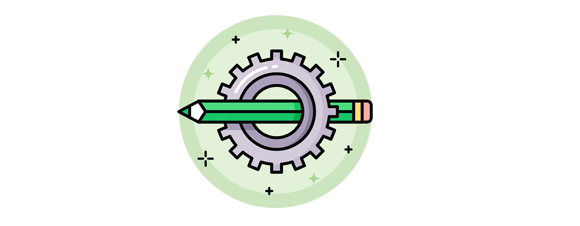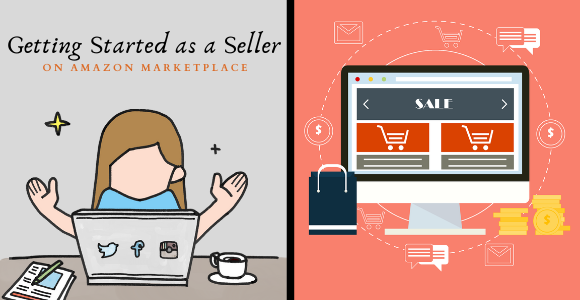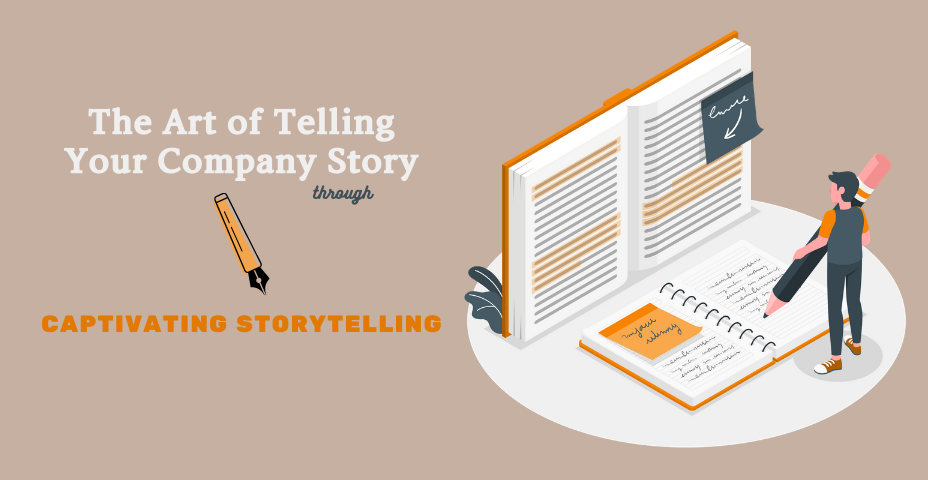So, what does a trip to Venice, a pink unicorn baby onesie, and a Star Wars-inspired protective phone case all have in common? These all belong to the top sold items online worldwide. Which is the busiest online marketplace today?
I’ll give you a hint.
It has black and yellow, and it delivers to your location. Also, Jeff Bezos.
The instant charm of the Amazon marketplace is the fact it eliminates the need to create your own website which is a great relief if you are a small business or a startup with limited capital. That doesn’t mean you won’t need services like content writing and product photography to create a profitable business online, don’t get me wrong.
Still, you have the unique opportunity to get your products and services in front of millions of potential eyeballs (and credit cardholders) who might otherwise never interact with your business.
I believe this is enough to convince you to become a seller on Amazon. Now, the fun part: the matter of How?
#1 Read the Instructions
It may sound silly, but it doesn’t make you “cool” if you skip them.
Once you get on the Amazon Get Started page, all you need to do is follow the steps and read the guidelines to know what’s ahead and what are the conditions. Don’t be afraid to click on links and read more. It’s really user-friendly and there’s no clutter of badges and popups to divert your attention.
#2 Drink Coffee and Research Your Competitors
I am actually going to talk about product descriptions.
You can replace coffee with tea, but research is a must. How you approach this will rely on what you are offering. Is it a mass-produced item or a unique handmade piece of jewelry?
Mass-Produced Items
If that is what you’re offering, you need to figure out ways to diversify and stand out (lower price, greater color/size selection, new packaging, freebies, you will surely come up with more ideas). Heck, a simple thing as a better-written product description is sometimes all it takes to make shoppers prefer you.
Storytelling at its best — The Example
Back in 2009, a man by the name of Rob Walker decided to make an experiment.
He went on eBay and bought 200 items for a total of $129. He then reached out to 200 writers who agreed to join the experiment. Each writer was assigned an item for which they had to write a product description that would tell a story.
Bob returned to eBay and re-sold the items. Because of the new product descriptions, he managed to sell them all for the total amount of $8000.
That’s right, he increased the value of all items by 6101.55%.
Do you see now the potential profit you could make if you do your research well? Good.
I saw this example in a TedX a while back, so here is the whole thing if you’d like to check it out.
Also, while on the topic of product descriptions, before you hand it over to the writers, make sure to give them the keywords they need to use. Yep, you need to research keywords as well. It’s nothing scary, it just takes time.
You can check what keywords your competitors are using or try running a search with the same free keyword search tools you would use for other platforms.
One-of-a-kind items
Just as with standard objects, your product descriptions for unique, often handmade, items need to tell a story. It’s a good idea to seek content writing services for that part unless, of course, your best friend just so happens to be a genius copywriter.
Either way, a lot is at stake when it comes to selling things through stories. If the product descriptions don’t sound convincing, people will transfer that doubt onto the qualities of the product, and then they probably won’t buy.
Moving on.
#3 Take Awesome Product Photos
You may need professional help with that.
Let me say it again, we are visual creatures. Many people won’t even get to your descriptions if the photos don’t grab their attention. Having said that, smarter people than me advise against overly retouched images and ones that are too far off from the real item.
You don’t want people to flood you with negative reviews, do you?
The best practice, in this case, is using a simple, often white background to truly make the product shine, so to speak. The rest you can research, but here are some tips and tricks for proper image optimization you might find useful down the road.
#4 Start Listing Your Products
Yey, you made it!
Now that you have your product descriptions and the super-duper photos, it’s time to get it all live. Do not forget to include measurements, pricing, unique features, etc.
If you are selling branded products that other sellers are also offering, you don’t need to create a separate listing. Just join the existing one by adding your product. Amazon prefers it that way.
#5 Join Amazon Prime
A.k.a. sign up for their fulfillment service.
If you want to have some (or all) of your products sold as Prime items, you need to pay extra for Amazon’s fulfillment service. In doing so, you will have to send items to Amazon so they can later ship them directly to shoppers and follow the timeframe promised by the Prime subscription.
There isn’t much to elaborate on the last two points (the listing process and Amazon Prime), so just stick to the steps that Amazon naturally guides you through, and you’ll be good to go.
Takeaways
There is a lot more to the mix, but those are the bare basics. Don’t forget that great customer service will never go out of fashion, and paid ads are often a smart way to jumpstart sales.
As for the rest, get the technical part right, but don’t forget about the content side of it, too. The real monetary benefit for you comes when you start selling more than products alone. Start selling the stories behind them (even if they are the result of crafty content writing services), and feel the difference in your pocket.
Till next time,
T






